Fresh-fibre cardboard coated with a dispersion barrier is a good option for sustainable packaging for many confectionery and bakery products. The Finnish cardboard producer Metsä Board offers corresponding solutions.
Cake, biscuits, chocolate and pastries – all belong to consumers’ favourites. Less so for manufacturers, however, as they pose many challenges. These kinds of confectionary often require fat and moisture barriers for safe transport and storage. Traditionally, the obvious solution is to use plastics. But why stop there when there are materials just as suitable for many products? Like fresh-fibre cardboard, for instance.
The solution here is to coat the cardboard with a dispersion barrier so that this sustainable raw material works great for products with up to medium greasiness and moisture. And to add the cherry on top of the cake, cardboard offers almost unlimited design possibilities.
Antti Aronen is Product Manager at Metsä Board's mill in Kyro/Finland and a specialist in food service and barrier-coated folding boxboard. He has worked with folding boxboard for a long time and is familiar with advantages: “Dispersion-coated barrier boards are ideal to meet many current, important trends. More and more consumers are asking for sustainable solutions on their quest to reduce their plastic use. With our MetsäBoard Prime FBB EB, we are actively participating in the circular economy and reduce the stress of recycling for consumers, as this quality can be fully disposed of in waste-paper recycling bins.” Looking at the European market, where more than 80 % of wastepaper is already recycled, this benefit speaks for itself. In addition, the aforementioned Metsä Board quality is certified as compostable in industry and household.
In addition to young and trendy companies built on the premise of sustainability, many traditional companies are also adopting more ecological paths. Viipurilainen Kotileipomo, for example, is a Finnish bakery that has baked its goods using traditional craftsmanship and regional ingredients for almost a hundred years. Looking to reduce its environmental footprint and to increase packaging efficiency, the company was searching for new materials to package its products, which include fatty baked goods such as cakes or pastries.
The bakery tackled this task in partnership with Metsä Board. They finished their joint brainstorming at the Excellence Centre in Äänekoski/Finland with a revised design using MetsäBoard Prime FBB EB, which would reduce the total packaging material by 25 % and CO2 emissions by 34 %. Furthermore, the new packaging design is easier and quicker to assemble, saving lots of time in the daily process. And as customers will notice, the cardboard packaging also looks great. Although this carton board quality does not contain fluorochemicals or optical brighteners, it offers high whiteness and double coating on the top side to ensure very good printability. The dispersion barrier is no problem either, as it is only applied to the inside.
Even though appearance matters, it is not the most important criterion when it comes to food. Product safety is far higher on the list with sensitive products. “Packaging must be clean and free of all residue,” Antti Aronen stresses. “It can therefore be worthwhile to work with materials that are naturally pure – such as fresh-fibre paperboards.”
Metsä Board uses only safe and pure fresh-fibres and the unique chain from forest to product guarantees that no unknown chemicals end up in its paperboards. Only safe and carefully selected chemicals are used in paperboard production, and they are all required to comply with relevant global legislation such as food contact regulations. From the forest to pulp and board production, the entire manufacturing process is in the company’s hands, enabling seamless quality monitoring. In fact, the company is always a little ahead of regulations, as Aronen reports: “Safety regulations tend to lag behind the needs of consumers. Therefore, in addition to existing regulations, we include additional guidelines and standards as well as suggestions, requirements and wishes from customers and consumers in our production guidelines.”
All board grades meant for direct food contact are externally audited according to food safety practices as per the ISO/FSSC 22000 standard and tested in accredited laboratories to verify safety and compliance with other regulations and requirements. In addition, Metsä Board carries out sensory tests. “To test our qualities, we usually use chocolate,” Antti Aronen explains. “It has a high fat content, so it is particularly sensitive to volatile compounds, as many odorous substances are fat-soluble. We use up to 120 kilograms of chocolate per year just for this purpose. The chocolate helps ensure that our cardboard packaging influences neither the smell nor the taste of the packaged product.”





